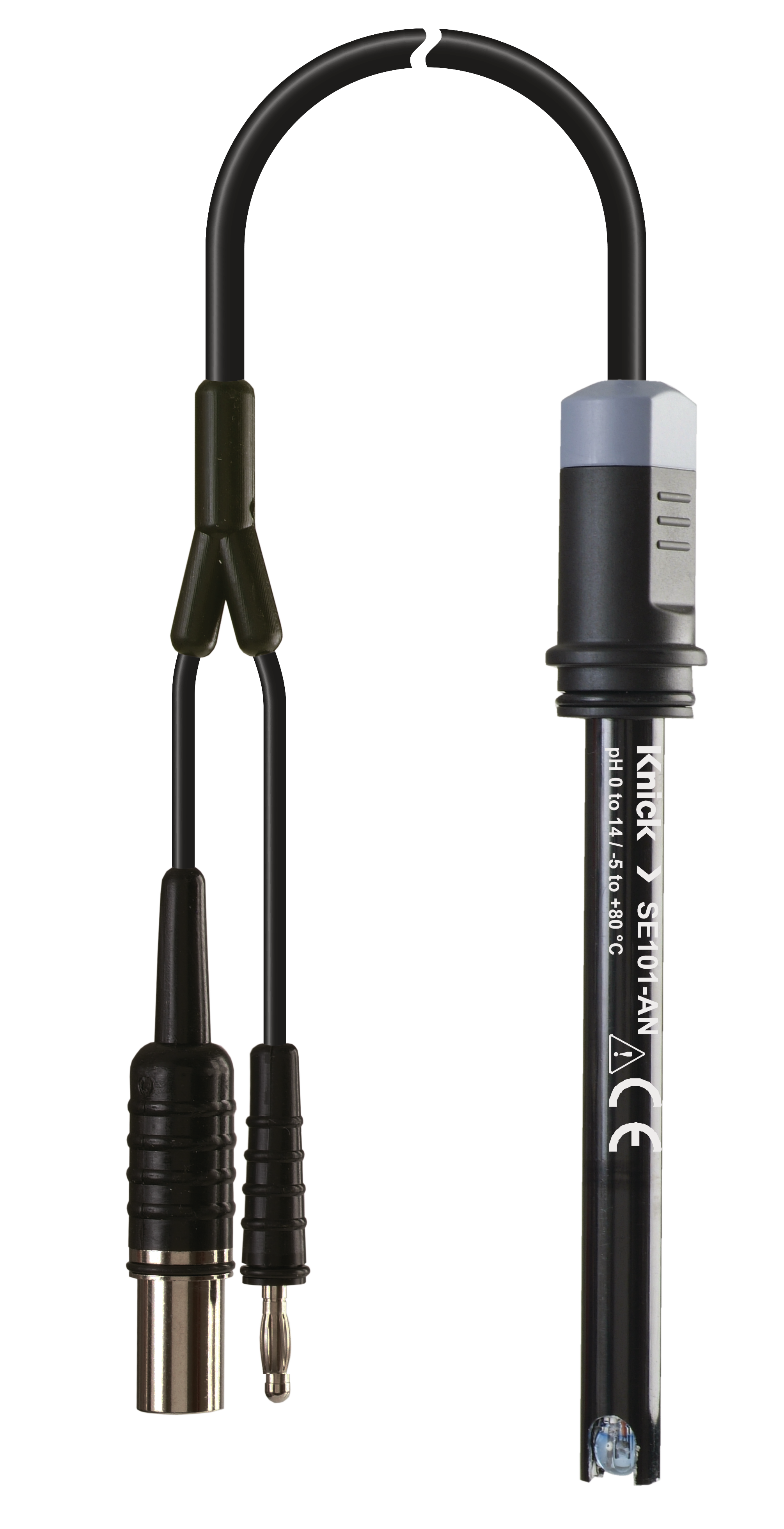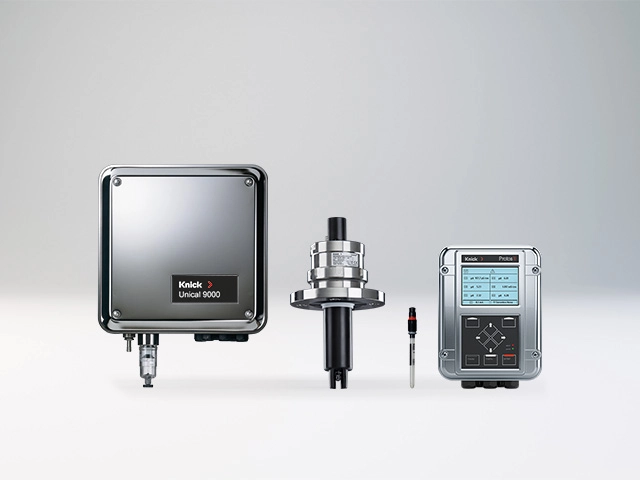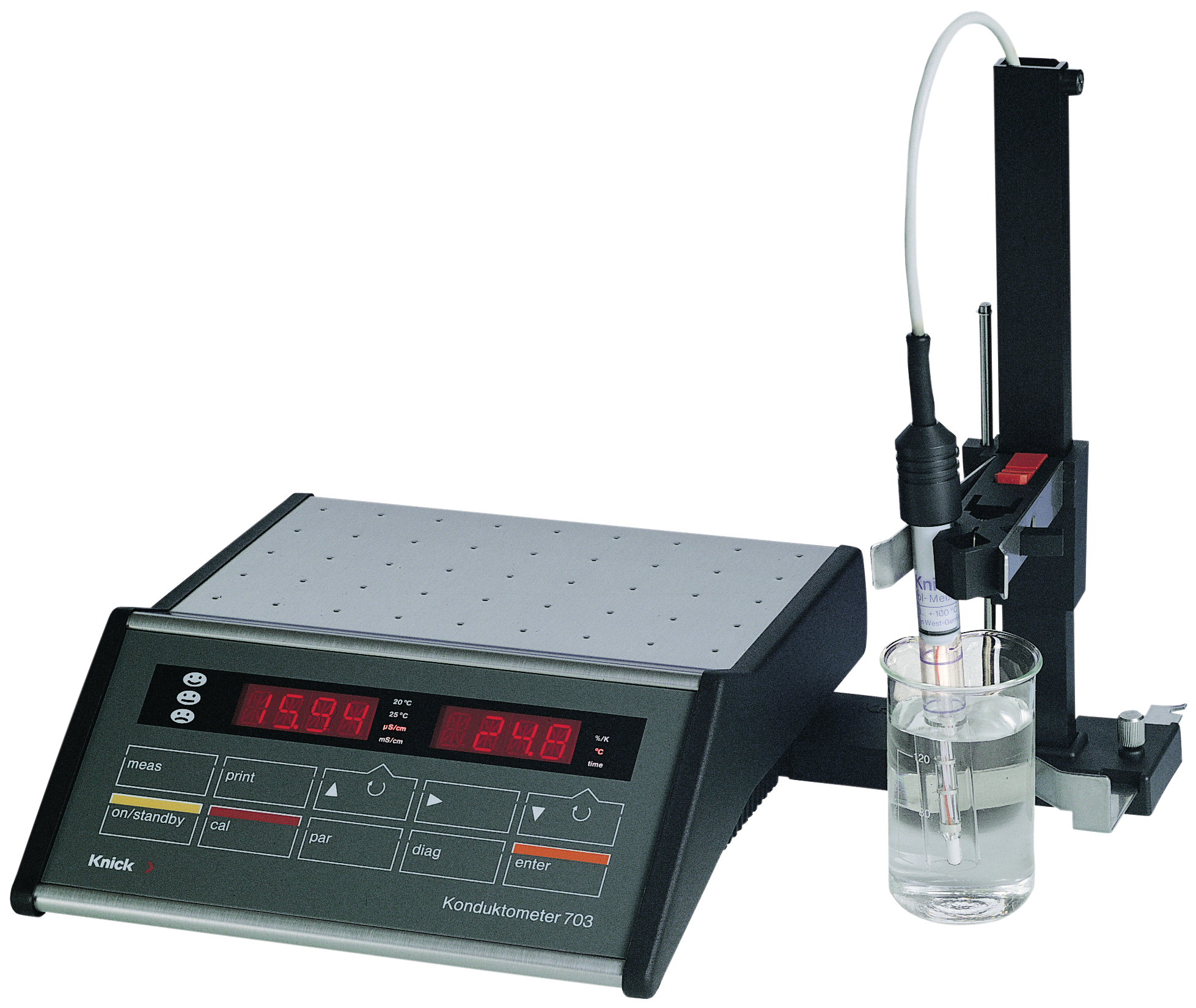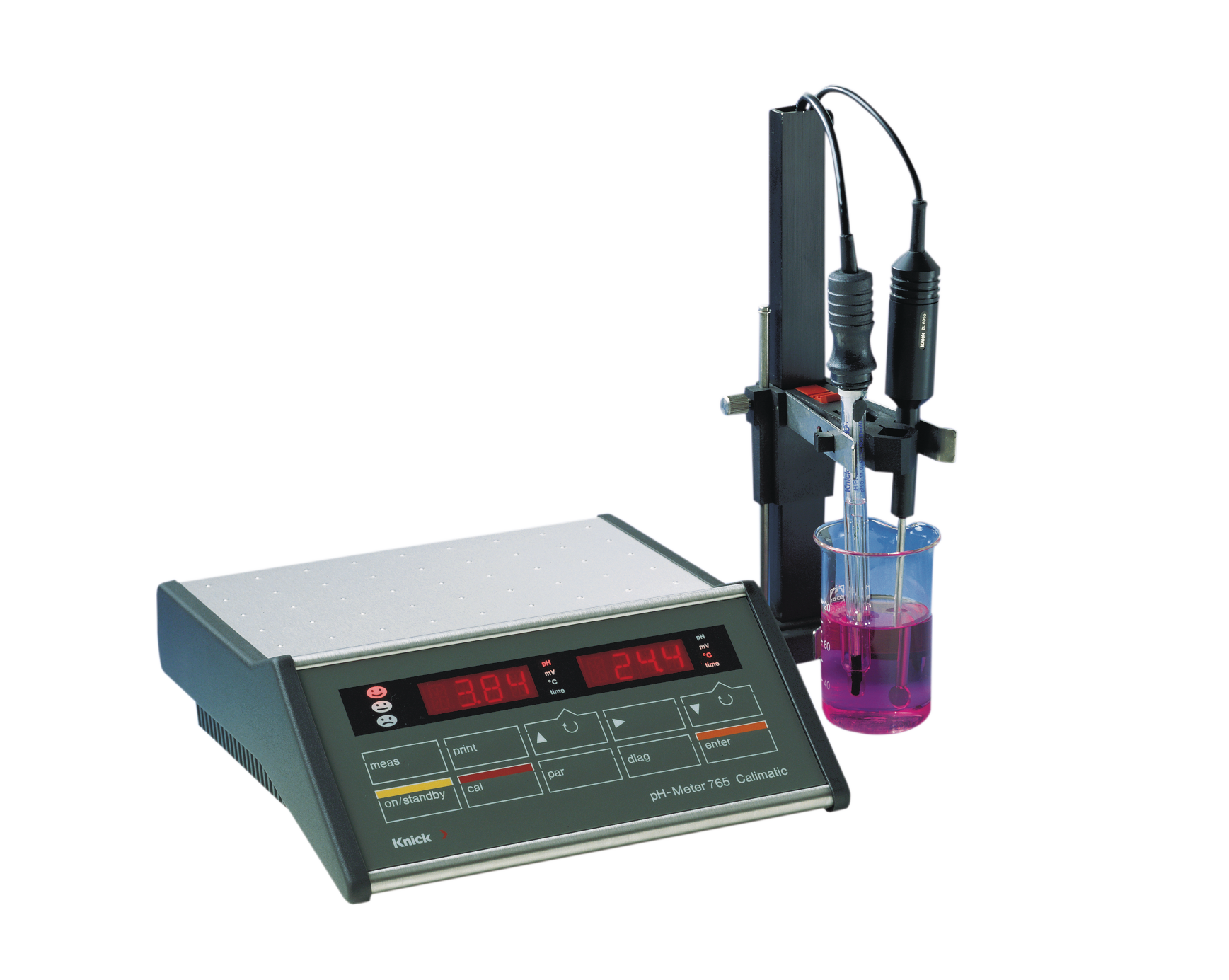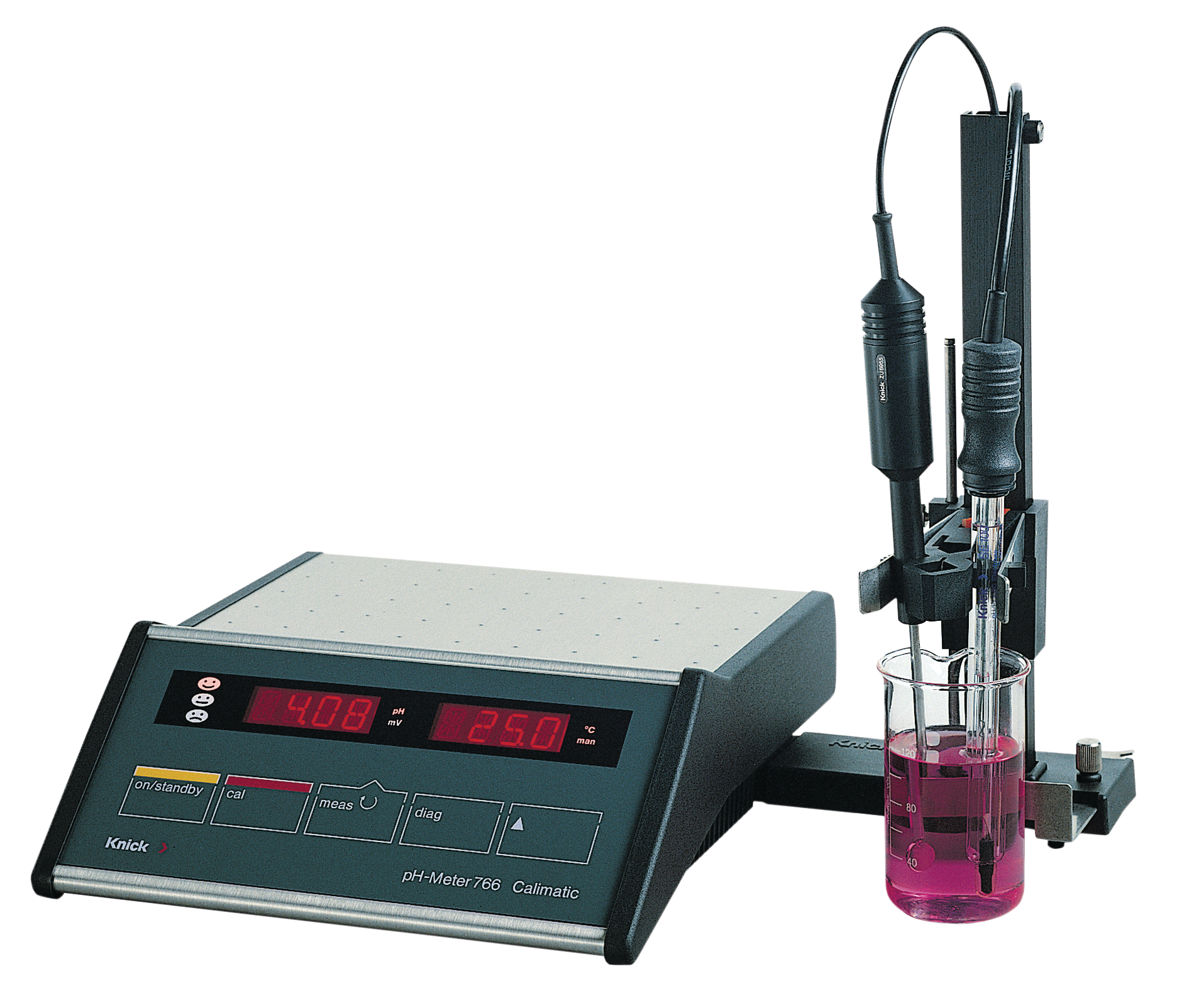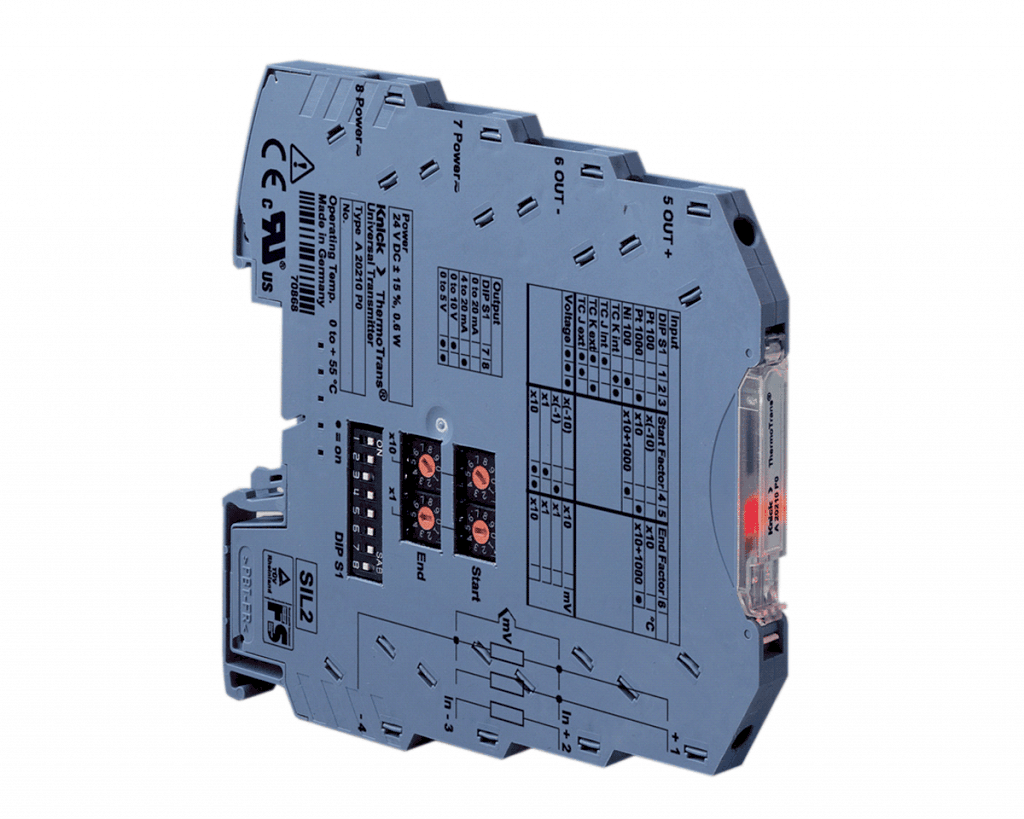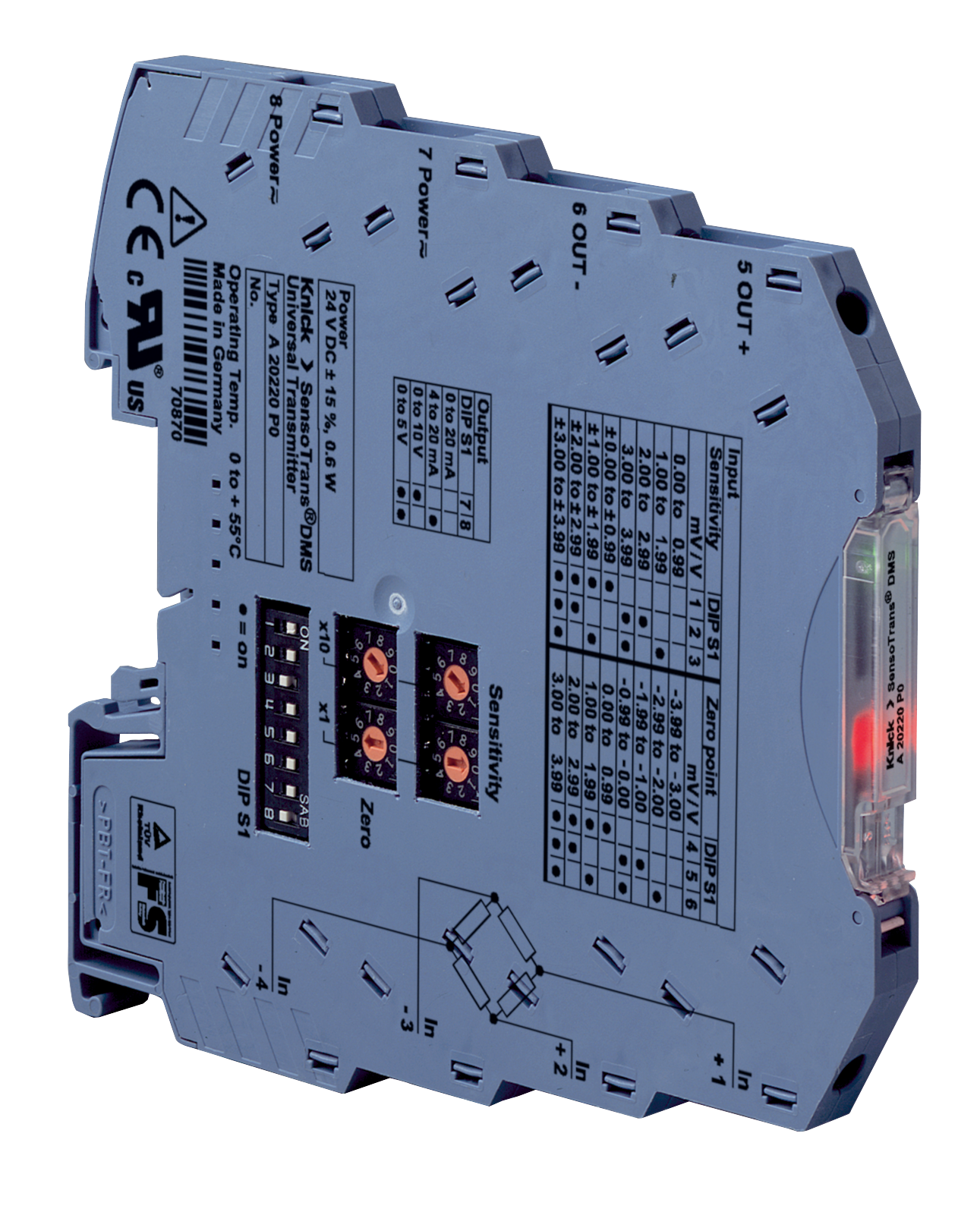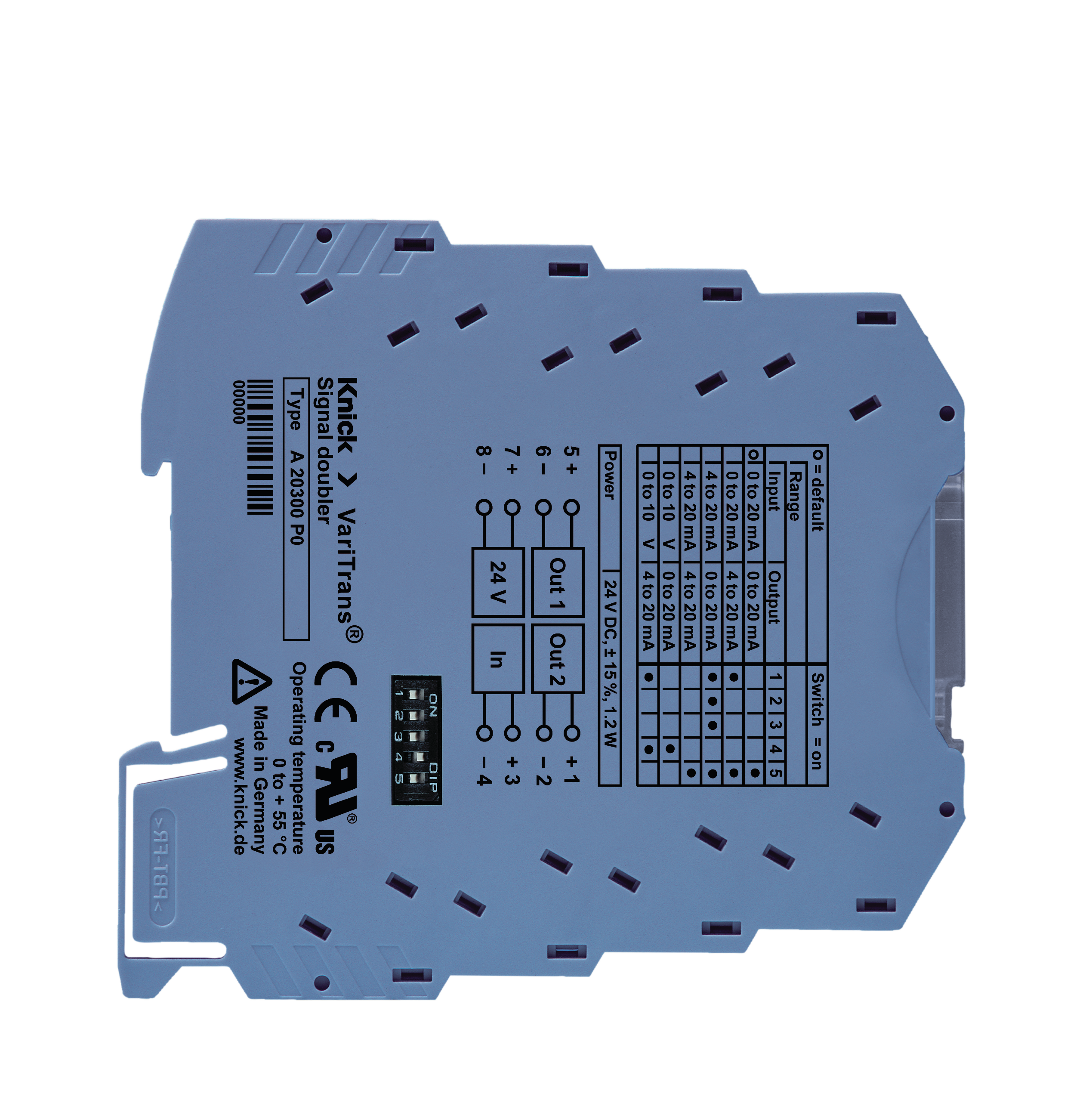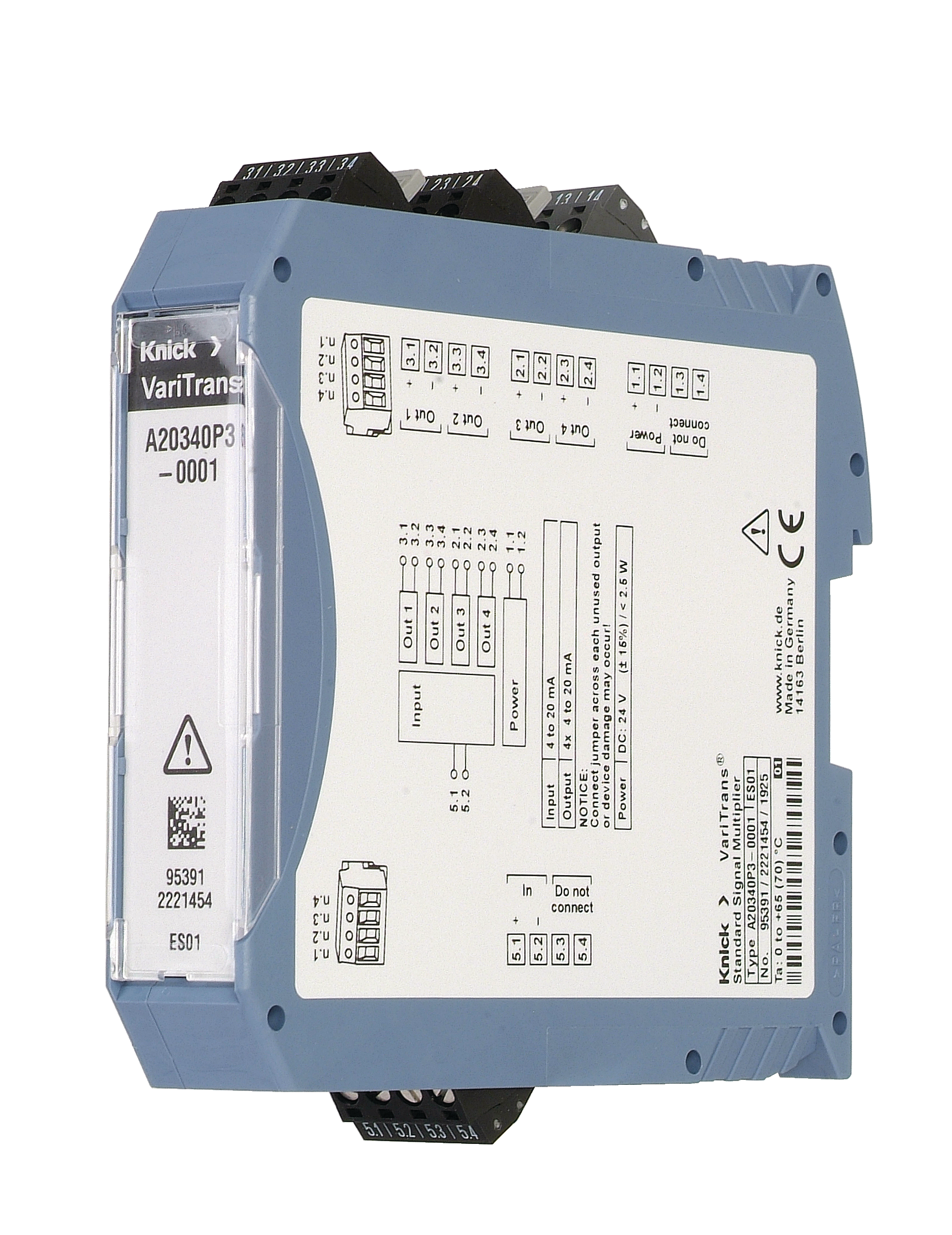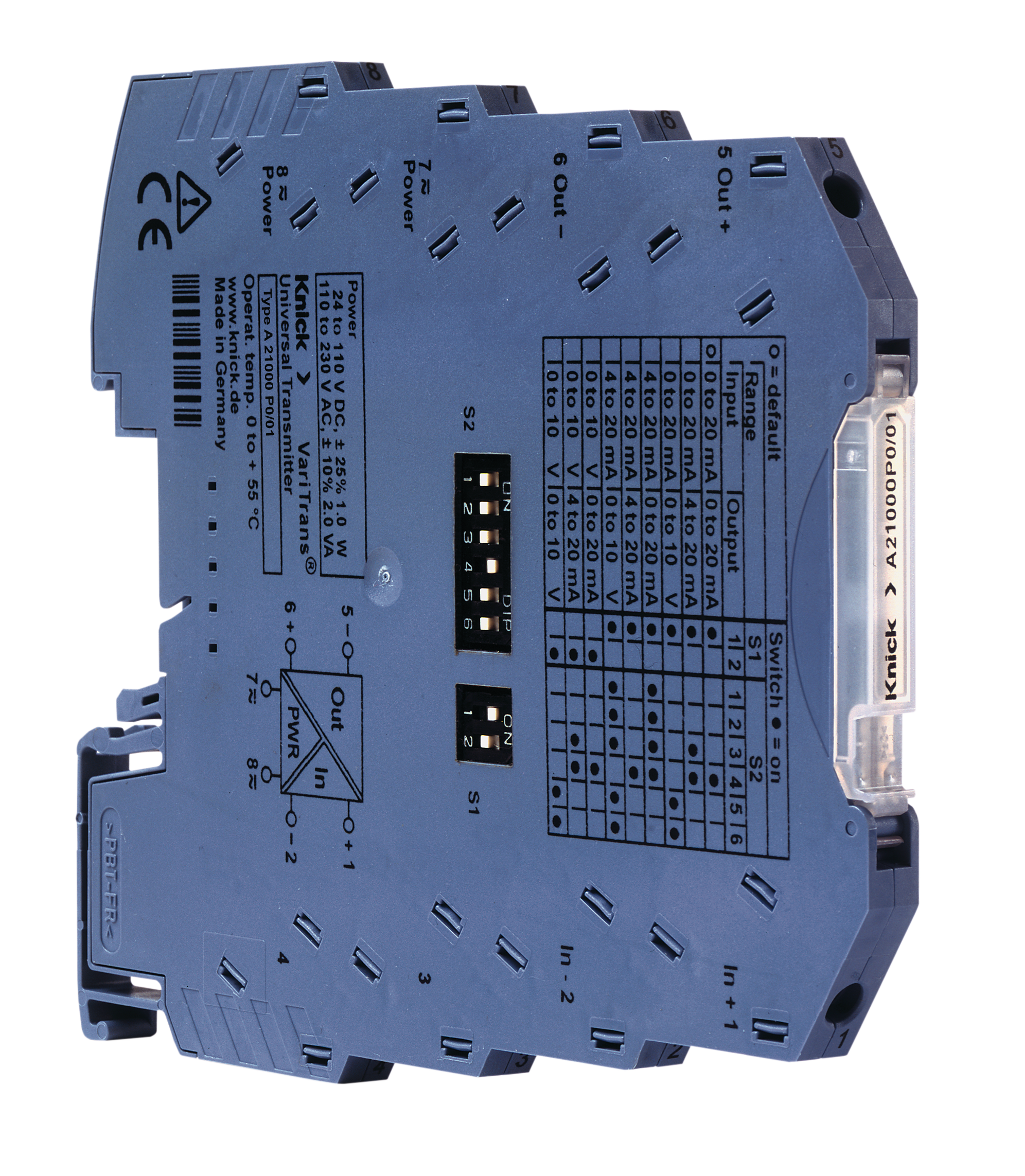SE101-AN pH 센서 | 112mm | 폴리설폰 본체 | 환경 분석 및 수질 관리용
제품 번호:
SE101-AN
Description
SE101-AN pH 센서 | 112mm | 폴리설폰 본체 | 환경 분석 및 수질 관리용
폴리머 본체 및 온도 감지기가 있는 pH 센서
- 폴리머 전해질
- 세라믹 접합부(2개)
- 통합 온도 감지기
- 폴리설폰 본체
- 임피던스가 낮은 pH 유리, 저온 측정에도 적합
SE101-AN pH 센서는 매우 견고한 폴리머 본체를 갖추고 있어 환경 분석 및 수질 관리 분야의 pH 측정에 이상적입니다. 이 센서에는 Pt1000 온도 감지기가 내장되어 있습니다.
애플리케이션
부유 물질, 물, 폐수, 환경 분석이 포함된 매체
여러분의 의견을 기다리겠습니다!
문의하기
| 측정 파라미터 : | pH |
|---|



